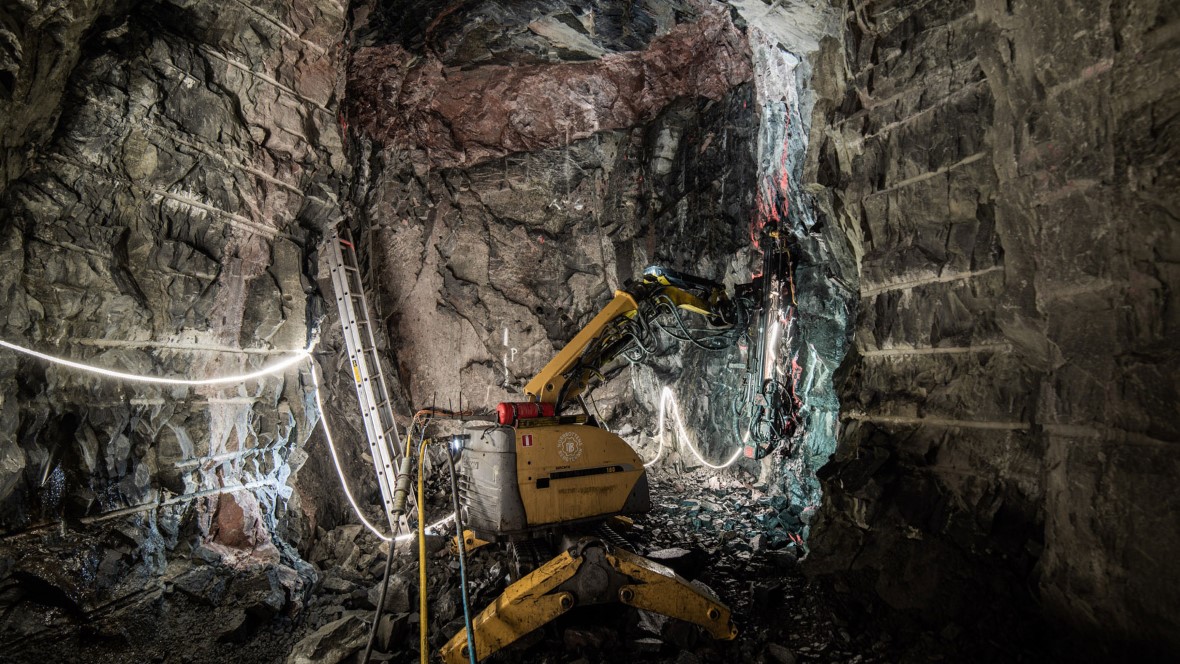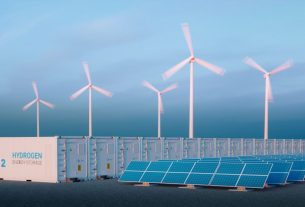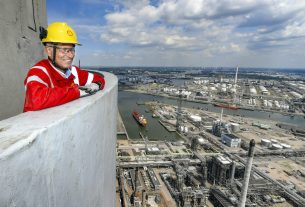Sweden – The half-way point has been reached in the construction of the fossil-free hydrogen storage facility in Lulea’s rock cavern.
Svartoberget’s steel lining is currently being installed. By the end of the summer, the storage facility for fossil-free iron and steel production is expected to be operational.
SSAB, LKAB, and Vattenfall are the three companies behind the HYBRIT initiative, which was unveiled in 2016. Fuel-free iron and steel production will be greatly aided by the installation of a hydrogen storage facility. Storage provides the ability to vary the demand for electricity and maintain stable production, but production can take place without a storage facility. A reliable supply of hydrogen gas can be ensured by producing it when the electricity grid needs it and utilizing stored hydrogen gas when demand spikes, such as during windy days.
Gas storage in lined rock caverns (LRCs) is a well-proven technology that has been in use in southern Sweden for natural gas storage for about two decades. With the use of hydrogen gas on a large pilot scale, the technology is now taking another step forward.
Hydrogen benefit
The plant’s various components are now largely installed. A ventilation shaft has been drilled from the top of the rock to the upper part of the rock cavern, and the rock caverns and connecting tunnels have been built in the rock. Lifting the compressor that will pressurize the hydrogen gas for storage occurred at the end of the year in 2021.
The pipelines needed to transport hydrogen gas to the storage facility have also been put in place since the beginning of the construction. Storage of hydrogen gas is linked to the Lulea pilot plant for fossil-free steel production via direct reduction, which is already operational. Both direct reduction and storage tests can benefit from the hydrogen.
Ten percent of Sweden’s carbon dioxide emissions can be reduced using HYBRIT technology by SSAB, LKAB and Vattenfall. The HYBRIT technology relies on the use of hydrogen gas rather than coal and coke. SSAB, LKAB, and Vattenfall, the facility’s three primary owners, have committed a combined SEK 200 million to the project, with the Swedish Energy Agency chipping in an additional SEK 52 million.




